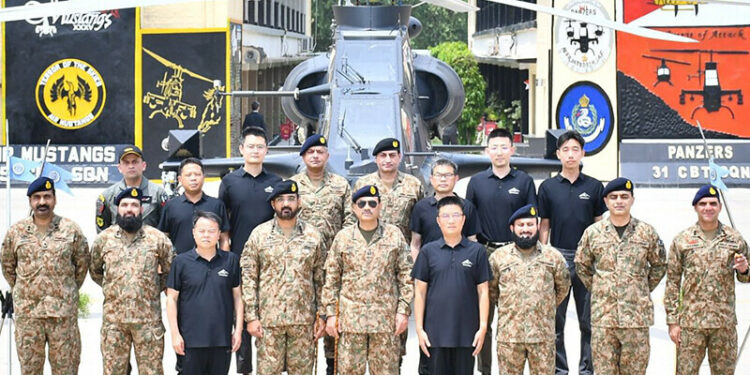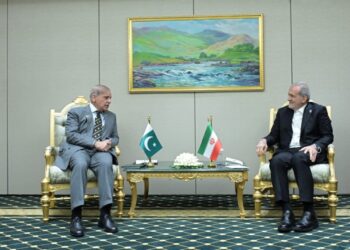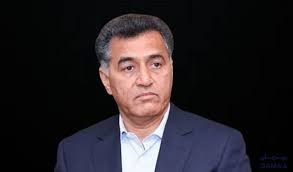Introduction: Army Chief Reaffirms Commitment to Strategic Military Excellence
Amid evolving global military dynamics and increasing hybrid threats, Chief of Army Staff (COAS) Field Marshal Syed Asim Munir has reaffirmed that the Pakistan Army will maintain its decisive superiority across all domains of warfare. The statement was made during the Field Marshal’s significant visit to Multan Garrison, where he also presided over the induction ceremony of the modern Z-10ME attack helicopters into the Pakistan Army Aviation Corps.
His remarks, released through the Inter-Services Public Relations (ISPR), underscore Pakistan’s strategic shift toward modernization and enhanced operational readiness to face emerging security threats, including conventional warfare, cyber warfare, and hybrid challenges.
Strategic Visit to Multan Garrison: A Review of Readiness and Morale
High-Level Briefing on Training and Operational Preparedness
During his visit to Multan Garrison, a key military base in southern Punjab, Field Marshal Asim Munir received a comprehensive briefing on ongoing training activities and operational readiness of the stationed formations. Senior military commanders presented updates on field exercises, tactical preparations, and regional threat analysis.
The Multan Corps, one of Pakistan Army’s premier field formations, plays a vital role in defending the southern region and managing rapid deployment during conflict scenarios. The Field Marshal was shown detailed plans demonstrating the army’s combat preparedness, use of modern warfare tactics, and integration of new technologies into the battlefield framework.
Praise for Morale, Discipline, and Combat Effectiveness
Following the briefing, Field Marshal Munir praised the high morale, unwavering discipline, and combat proficiency of the soldiers stationed at the garrison. He commended the operational capabilities being exhibited in both traditional and contemporary military exercises.
“The Pakistan Army remains steadfast in its commitment to protect the sovereignty and territorial integrity of the country under all circumstances,” stated the COAS, reinforcing the Army’s role as the ultimate guarantor of national security.
Z-10ME Attack Helicopter Induction: Modernizing Aerial Combat Capabilities
A Game-Changing Addition to the Army Aviation Corps
One of the highlights of the visit was the formal induction of the Z-10ME attack helicopter, a highly advanced combat aircraft developed by China, into the Pakistan Army’s Aviation Corps. The Z-10ME represents a leap forward in terms of firepower, agility, and advanced avionics, significantly enhancing the Army’s ability to conduct precision air-to-ground operations.
The induction ceremony was held at the Muzaffargarh firing range, where the new helicopters demonstrated their capabilities in a live-fire drill. The demonstration included coordinated strikes, night attack simulations, and counter-electronic warfare maneuvers, all of which impressed the attending dignitaries and military leadership.
Key Features of the Z-10ME Helicopter
The Z-10ME is an export-optimized version of the Chinese Z-10 and is built specifically for high-intensity conflict zones. Some of its advanced features include:
- Integrated Radar System for superior target acquisition and battlefield awareness
- Electronic Warfare Capabilities, including jamming and anti-jamming tech
- Night Strike Ability through thermal imaging and night-vision optics
- Air-to-Ground Missile Arsenal and high-caliber rotary cannons
- Improved Survivability with reinforced armor and engine performance
This latest acquisition reflects Pakistan’s ongoing efforts to diversify and modernize its military aviation fleet in line with evolving security requirements.
Field Marshal Applauds Combined Arms Strategy
Field Marshal Munir lauded the successful demonstration of combined arms strategy, where various branches of the army—infantry, armor, artillery, and aviation—operate in synchronized formations. He emphasized the importance of inter-branch coordination in modern battle scenarios where swift response and real-time data integration are crucial for mission success.
Addressing Hybrid Threats: Call for National Unity and Civil-Military Cooperation
Interactive Session with Civil Society and Academia
In addition to his military engagements, Field Marshal Munir held an interactive session with representatives from academia, civil society, and social organizations. The purpose of the meeting was to foster civil-military dialogue, build mutual trust, and create collective strategies to counter hybrid threats facing the nation.
During the session, he highlighted the urgent need for national unity, civil-military harmony, and multi-sectoral coordination to ensure the country’s internal and external security. Participants discussed the growing influence of misinformation, foreign interference, cyber manipulation, and ideological subversion in destabilizing societies.
Understanding the Concept of Hybrid Warfare
Hybrid warfare is a complex blend of conventional military tactics, irregular tactics, cyber operations, propaganda, and economic pressure. It often operates in a gray zone where the lines between war and peace are blurred. Pakistan has increasingly been subjected to such tactics, particularly from hostile actors in the region.
Common hybrid threats include:
- Disinformation Campaigns through social media
- Economic Warfare via sanctions or trade manipulation
- Proxy Militancy and support to insurgent groups
- Cyber Espionage and Attacks on Infrastructure
- Political Destabilization through psychological operations
Field Marshal’s Vision for a Resilient Pakistan
Field Marshal Asim Munir reiterated that defeating hybrid threats requires a whole-of-nation approach. He called for the participation of scholars, scientists, technologists, and civil institutions in formulating national defense strategies.
“No institution can work in isolation. National security is a shared responsibility, and only collective wisdom and joint resolve can safeguard Pakistan’s sovereignty in the hybrid warfare age,” he said.
Geostrategic Context: Why Military Superiority Is Essential
Regional Security Dynamics and Emerging Challenges
Pakistan continues to operate in a volatile region characterized by multiple flashpoints, including:
- Longstanding tensions with India over Kashmir
- Instability in neighboring Afghanistan post-U.S. withdrawal
- Rising regional militarization, especially by India’s procurement of advanced weaponry
- Terrorism and extremism fueled by transnational networks
- Geopolitical rivalries involving China, the U.S., and Russia
These dynamics necessitate a defense posture that is not only strong in conventional terms but also adaptable to non-traditional and multidimensional threats.
Pakistan Army’s Broader Modernization Drive
Integration of Technology and Innovation
Besides the Z-10ME induction, the Pakistan Army is actively working on several fronts to enhance its operational spectrum:
- Expansion of drone and UAV fleets for surveillance and targeted strikes
- Adoption of artificial intelligence (AI) for threat prediction and intelligence analysis
- Cybersecurity initiatives to safeguard critical digital infrastructure
- Upgrading mechanized infantry with smart weapon systems
- Joint military exercises with allied nations to increase interoperability
These initiatives align with the military’s vision to build a future-ready force that can effectively deter aggression and respond swiftly to any crisis.
Conclusion: Strategic Readiness in a Complex Security Era
Field Marshal Syed Asim Munir’s visit to Multan Garrison and his high-profile engagements serve as a clear indicator of the Pakistan Army’s proactive approach to safeguarding the nation’s interests in an increasingly unpredictable world.
His emphatic message about maintaining decisive superiority—not just through weaponry, but through unity, strategy, and innovation—resonates deeply in today’s hybrid and tech-driven warfare landscape.
As the regional and global security order continues to shift, Pakistan’s military leadership remains steadfast in its resolve to adapt, evolve, and lead—protecting the nation from conventional threats, unconventional challenges, and everything in between.

























